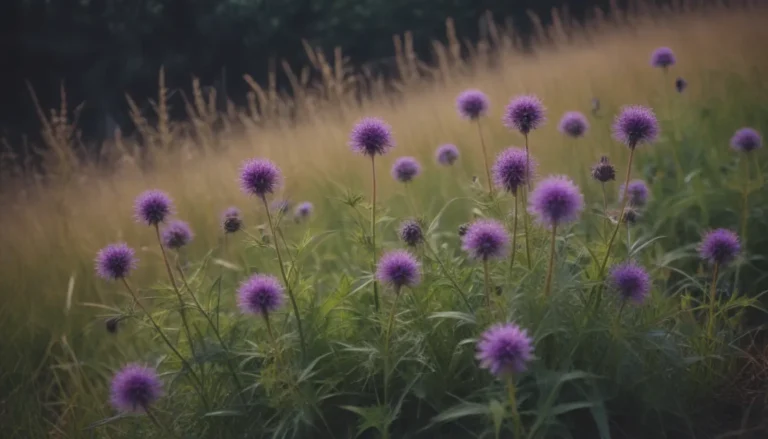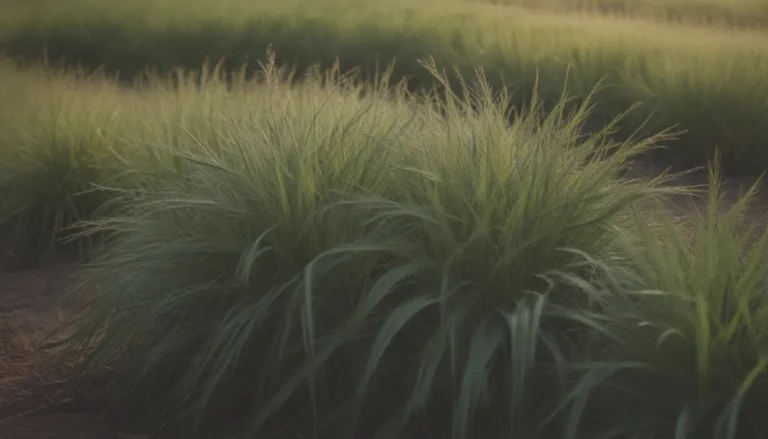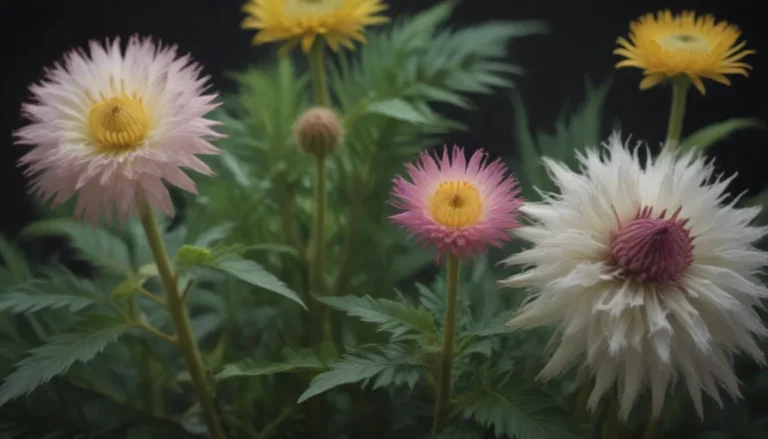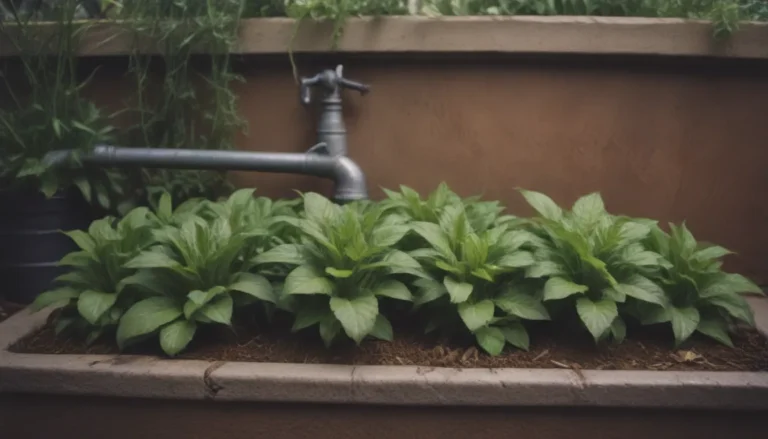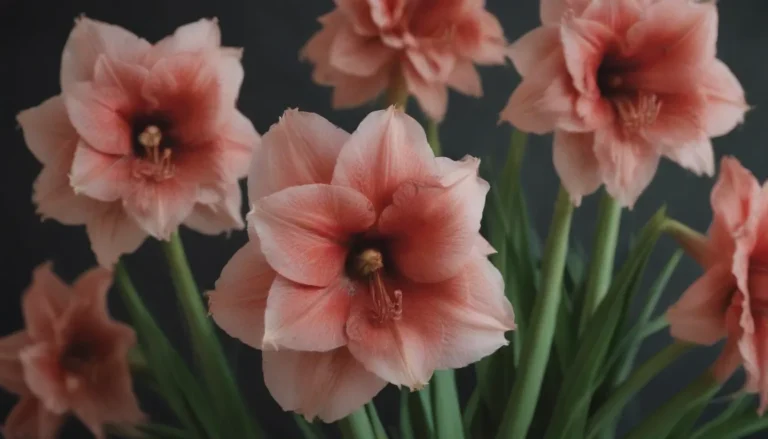A Complete Guide to Growing and Caring for Rocky Mountain Juniper Trees
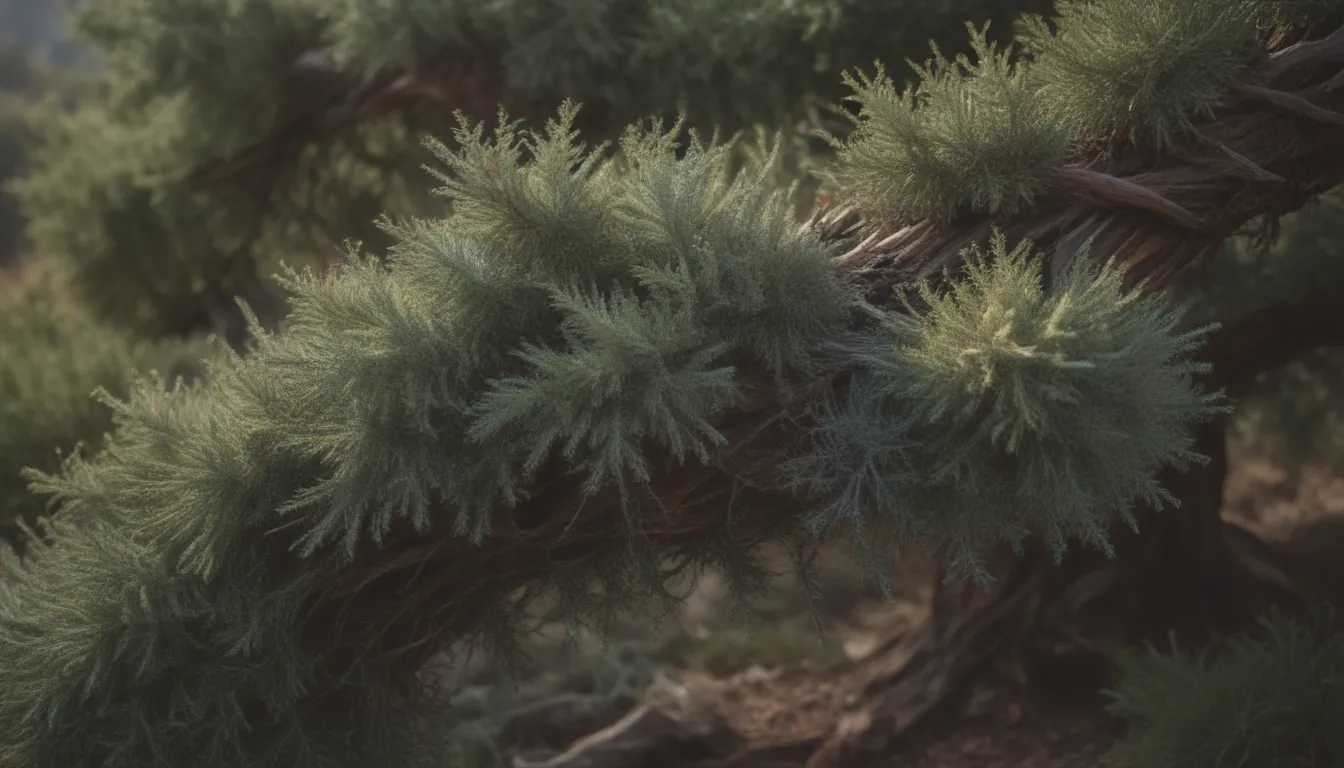
Rocky Mountain Juniper trees, also known as Juniperus scopulorum, are a stunning addition to any landscape. These trees are unique in shape and can reach heights of 30 to 40 feet in a columnar form with dark green to blue-green foliage. If you’re looking to grow and care for these majestic trees, you’ve come to the right place. In this comprehensive guide, we’ll walk you through everything you need to know about planting, watering, pruning, propagating, and more.
Why Choose Rocky Mountain Juniper?
Rocky Mountain junipers are a popular choice for many gardeners and landscapers for several reasons:
- Formal and elegant shape
- Adaptable to various soil types
- Drought-tolerant
- Low maintenance
- Beautiful foliage color
Planting Your Rocky Mountain Juniper
When it comes to planting a Rocky Mountain Juniper tree, proper preparation is key. Follow these steps for successful planting:
- Choosing a Location: Select a spot that receives full sun, as Rocky Mountain junipers prefer bright light. Ensure the soil is well-draining and neutral in pH.
- Digging the Hole: Dig a hole that is twice as wide as the tree’s root ball or container and just as deep. Make sure to keep the tree upright as you fill the hole with soil.
- Mulching: Lightly mulch around the base of the tree to retain moisture and prevent weed growth. Avoid mulch touching the trunk of the tree.
- Staking: If your tree is in a windy area, consider staking it to keep it upright until it establishes itself.
Caring for Your Rocky Mountain Juniper
Once your Rocky Mountain Juniper is planted, it’s essential to provide the proper care to ensure its health and longevity:
- Light: These trees thrive in full sun but can tolerate partial shade.
- Soil: Use a loose, inorganic mix with a neutral pH for ideal growth.
- Water: Rocky Mountain Junipers are drought-tolerant and require minimal watering.
- Temperature and Humidity: These trees prefer warm, dry climates but can withstand temperatures as low as -35 degrees Fahrenheit.
- Fertilizer: Typically, Rocky Mountain Junipers do not require fertilization.
Types of Rocky Mountain Juniper
In the United States, Rocky Mountain Junipers are a popular choice for bonsai enthusiasts. Some dwarf or miniature cultivars that are perfect for bonsai creations include:
- Juniperus scopulorum ‘Snow Flurries’
- Juniperus scopulorum ‘Blue Arrow’
- Juniperus scopulorum ‘Wichita Blue’
Pruning Your Rocky Mountain Juniper
Pruning is essential to maintain the shape and health of your Rocky Mountain Juniper tree. Follow these tips for effective pruning:
- Central Leader: Prune around a central leader, the main upright stem of the tree.
- Timing: Perform pruning in early spring after the last frost but before new buds develop.
- Cutting Technique: Remove dead, damaged, or diseased stems, and trim branch tips to allow light to reach the tree’s center.
- Consistency: Avoid cutting back more than 20% of the tree in a single season.
Propagating Rocky Mountain Juniper
Propagation of Rocky Mountain Junipers can be done through cuttings, seeds, or grafting. For home gardeners, propagating through cuttings or seeds is the most common method:
- Cuttings: Take a cutting from a healthy branch and follow proper propagation techniques.
- Seeds: Collect seeds from mature juniper cones and germinate them according to instructions.
Growing Rocky Mountain Juniper From Seed
If you’re interested in growing Rocky Mountain Junipers from seed, follow these steps:
- Collect mature juniper cones and extract the seeds.
- Prepare a well-draining potting mix and sow the seeds at the recommended depth.
- Keep the soil consistently moist until germination occurs.
Overwintering Your Rocky Mountain Juniper
Rocky Mountain Junipers are cold-hardy trees that can withstand harsh winter conditions. However, young trees may benefit from mulch protection if temperatures drop below 10 degrees Fahrenheit:
- Winter Care: Mulch immature trees to protect the roots from freezing temperatures.
- Mature Trees: Adult trees are resilient to winter weather and do not require special protection.
Common Pests and Plant Diseases
Despite being relatively low-maintenance, Rocky Mountain Junipers are susceptible to certain pests and diseases:
- Spider Mites: These pests can infest the tree and cause damage. Use botanical oils or insecticidal soaps to control them.
- Bagworms: Handpick and dispose of bagworms to prevent damage to the tree.
- Cercospera Blight: Treat with copper-based fungicides to combat this fungal disease.
- Botryosphaeria Stevensii Canker: Prune out affected areas and ensure proper care to prevent canker from spreading.
Interesting Facts About Rocky Mountain Junipers
- The Jardine Juniper, a 1500-year-old specimen found in Cache National Forest, is a remarkable example of the longevity of these trees.
- Some varieties closely resemble Rocky Mountain junipers, such as the Utah Juniper, Welch Juniper, and Winter Blue Juniper.
In conclusion, growing and caring for Rocky Mountain Juniper trees can be a rewarding experience. By following the tips and guidelines outlined in this comprehensive guide, you can ensure the health and vitality of your tree for years to come. Whether you’re a novice gardener or experienced landscaper, Rocky Mountain Junipers are a beautiful addition to any outdoor space. Happy planting!
